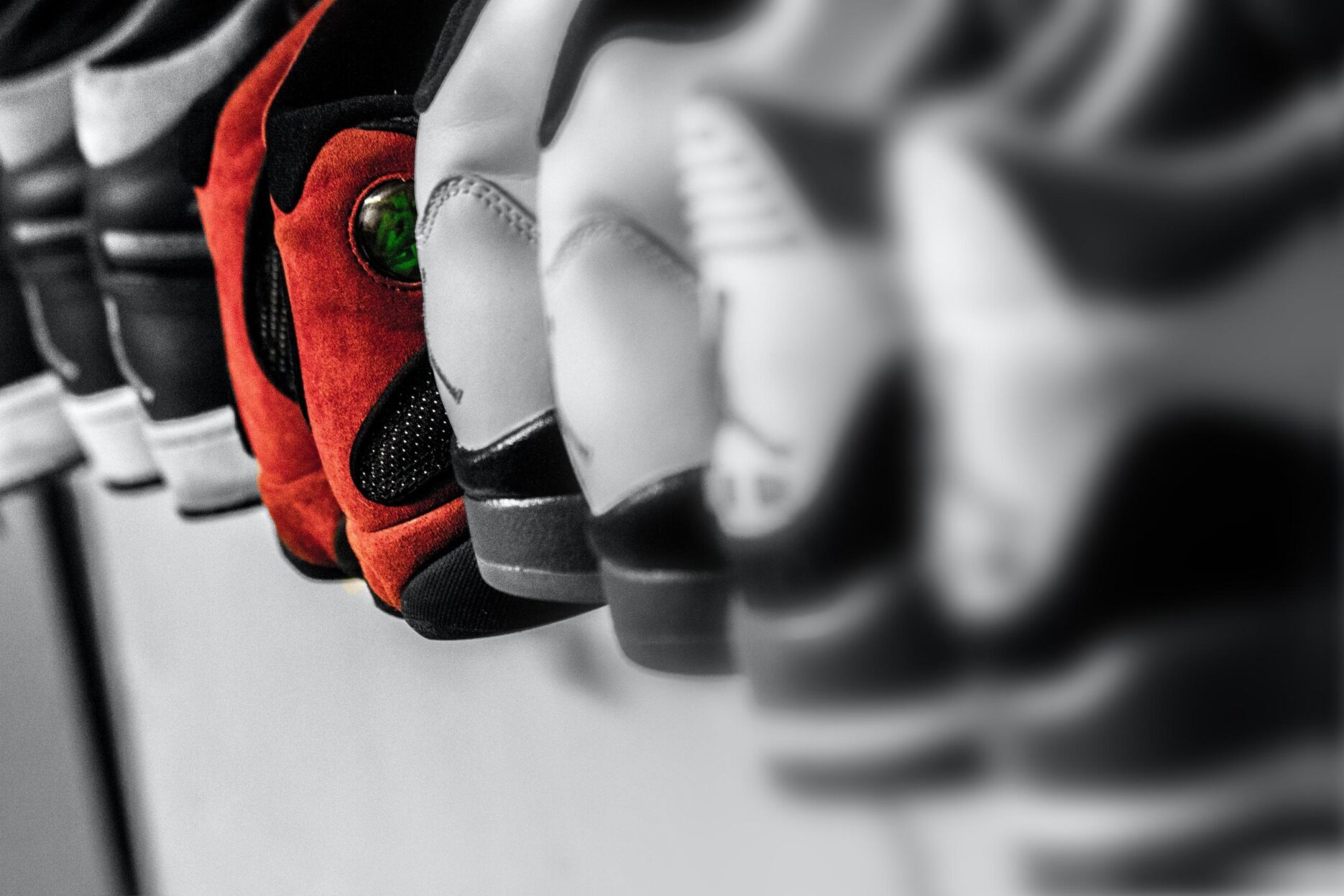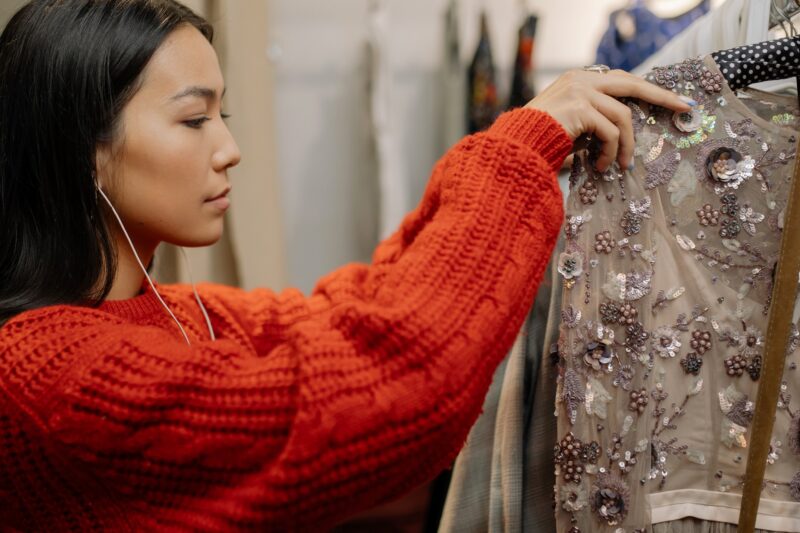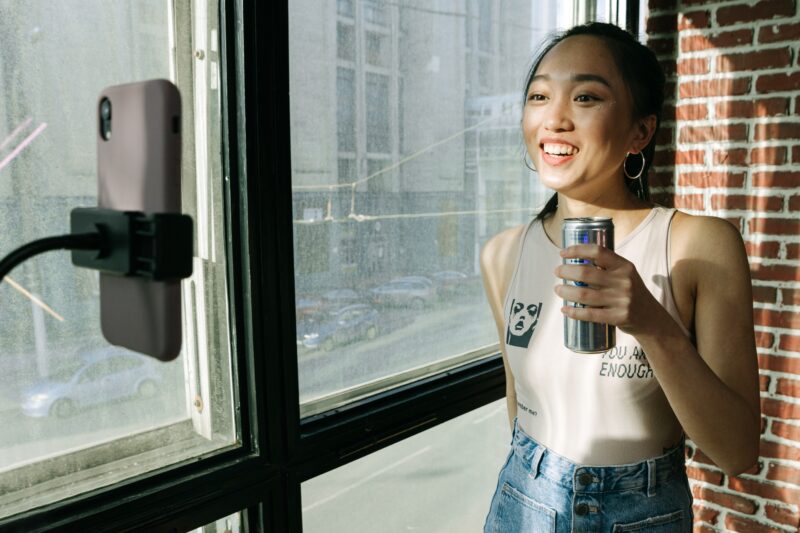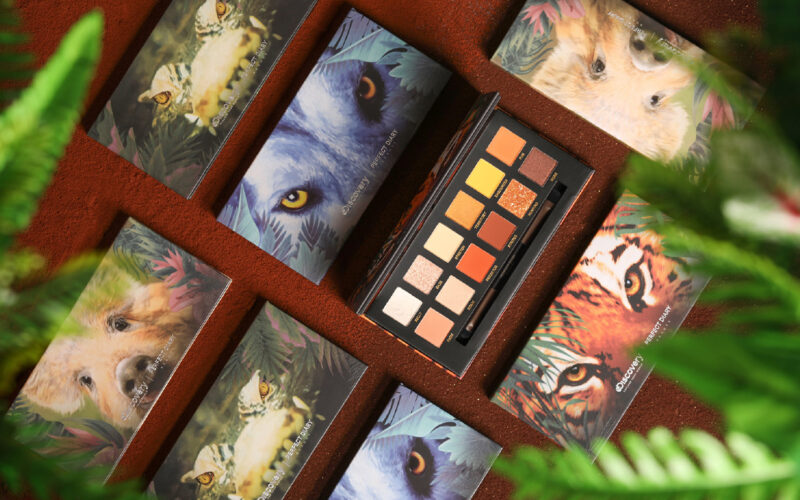A see-saw effect in China’s sportswear industry is intensifying as global giants, namely Adidas and Nike, are toe to toe with domestic rivals such as Anta and Li-Ning, as evidenced by those players’ latest performance in the region. Anta celebrated “record-high” revenue of 29.65 billion RMB (4.07 billion USD) in the first half of 2023, an increase of 14.2% year-on-year.
This surpassed the combined total semi-annual revenue of Li-Ning and Adidas, who reported 14.02 billion RMB (1.92 billion USD) and 13 billion RMB (1.78 billion USD) respectively. It includes a 16% revenue increase in Q2 in Greater China, as per Adidas, which was reflected in double-digit sell-out growth in both wholesale and own retail.
Nike China topped the best sellers in the sports category on Tmall at this year’s 618 shopping festival.
Anta also outperformed Nike China who ranked second, pulling off revenue of 27.49 billion RMB (3.77 billion USD) during the period between 1 December 2022 and 31 May 2023. Despite this, the result is regarded as a “better-than-expected” performance by Nike in Greater China, which saw the company’s sales in the region rise by 16% year on year to 1.81 billion USD in the fourth quarter of 2023 ended on 31 May.
While realising positive growth for three consecutive quarters, the achievement was sweetened by further traction gained during China’s second-largest online shopping festival, aka 618, where Nike China topped the best sellers in the sports category on Tmall, Alibaba’s e-commerce arm who initiated the mid-year shopping extravaganza.
The “neck-and-neck” position among the top four (two are Chinese and two foreign) means “all the previous hypotheses that Chinese consumers would only buy local brands or would only buy foreign brands doesn’t hold water anymore,” said Dr. Edward Tse, Founder & CEO of Gao Feng Advisory Company. “While occasionally Chinese consumers would react emotionally such as during the Xinjiang cotton incident, in normal course, Chinese consumers are actually quite logical. They will go after whoever brings the most appropriate appeal and value.”
The ranking is in parallel to the 2022 annual earnings results, where Anta achieved its goal of overtaking Nike China by 2022. These razor-thin margins, on the other hand, provide statistical snippets of the rise of homegrown brands in China’s sportswear sector in the past few years, and the ambitions of global labels to regain Chinese consumers post-pandemic.
All the previous hypotheses that Chinese consumers would only buy local brands or would only buy foreign brands doesn’t hold water anymore.
Dr. Edward Tse
While Anta and Li-Ning’s momentum is built upon the Guochao phenomenon, the national wave celebrating the collision between Chinese heritage and contemporary fashion aesthetics also weighs heavily on the success of foreign brands in the lucrative marketplace.
From Adidas incorporating Chinese calligraphy into its Lunar New Year campaign, introducing a patriotic line, and tapping into local sports figures such as Tang Jiali, a Chinese professional footballer, to Nike joining forces with AntChain (a blockchain arm under the Chinese fintech group Ant Group) to piloting digital solutions to trace product origins for the previous 618 shopping festivals, as well as building an eco-friendly basketball court in collaboration with a Chinese designer.
These are the wide range of endeavours made in the past few months by the once market leaders in a bid to restore their foothold through either traditional cultural emblems or local talents.
Both Adidas and Nike China have also hit the nail on the head by “demonstrating more centricity to customers [in China], rather than bending over too much on political rhetoric”, observed Dr. Tse. This includes granting China’s local management teams more autonomy to decide which global launches will be introduced in the mass market. Additionally, the brand plans to achieve the goal of having 30% of its products designed independently by local teams.
Foreign brands need to demonstrate more centricity to customers [in China].
“Foreign brands need to overcome the perception that ‘we (global headquarters) know better’,” added Dr. Tse, “China is not only moving fast but it is developing unique consumer and market dynamics that people in the HQ may not fully or expediently appreciate and can react to. This is on top of the fact that innovations are also evolving very fast.”
The improved earnings results of the two global labels suggest those efforts have more or less paid off. Findings reported in the China Consumption Report released by McKinsey in July is reflective of the occurrence, where market share of foreign brands among the top 20 on Tmall in the category of sportswear grew by 4% to 50% in the past six months.
Given the prominence of e-commerce in China, and brands’ performance on Tmall – one of the largest e-commerce platforms built by Alibaba – serves as a de facto indicator of brands’ influence in China, the change, therefore, demonstrates a slowing down of domestic players’ momentum and foothold being recaptured by foreign brands in the region.
However, rather than a discussion of who is losing or gaining momentum, Dr. Tse believes it’s more about Chinese consumers going after the value that they see. “They look for brands and products that suit their needs best, regardless of the origin of the brands. The so-called Guochao surfaced because Chinese brands have steadily improved themselves, so they have become strong competitors to foreign brands. But that doesn’t mean the very best foreign brands don’t have a chance.”
Asked if foreign giants like Adidas and Nike stand a chance of reclaiming the Chinese market in the near future, Dr. Tse told Dao Insights, “Certainly, Nike and Adidas have great opportunities in China, but the challenges are not trivial. Local competition is real and is intensifying every day. So, a real focus on quality, innovations and customer centricity are a real must for both foreign and local brands.”









